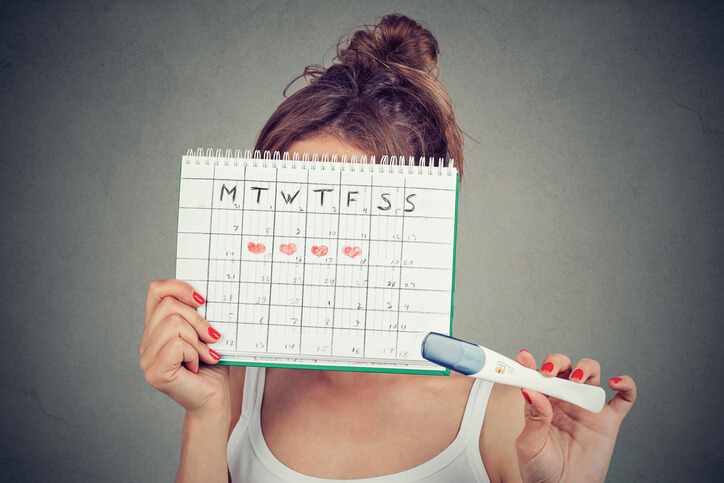If you’re considering having children, you ideally know the best way to conceive. That is through the “old fashioned way”: unprotected sex with your partner and/or spouse. However, what many don’t know is when to try to conceive. That’s where the fertility window comes in. As every woman is different, so, too, the fertile window can range from woman to woman.
What is a Fertility Window?
Your fertile window is the best time to conceive. This can be calculated once a woman ovulates. Depending on how long your menstrual cycle is, you may ovulate anywhere from day 11 to day 21 of your cycle (cycle day 1 is considered the first day of your period). When you ovulate, an egg is released from your ovary and remains in the Fallopian tube waiting to be fertilized for a span of 12 to 24 hours. At most, sperm can live in a woman’s reproductive tract for 5 days. This means that ideally, if a woman has intercourse around the time of ovulation (two days before and up to the day she ovulates), her chance of pregnancy increases. That is why it is known as the fertile window, as this two to three-day span is when a woman is most fertile and, therefore, the best time to try to conceive.How to Find Out Your Fertile Window
While there are many period tracking apps for your phone, it’s better to rely on methods that involve your actual body to pinpoint exactly when you ovulate. There are several options:- Over the counter ovulation prediction kits that you can buy at your local drug store. These can be inexpensive and are similar to an at-home pregnancy test. For use, you urinate on the stick once a day for several days in a row, around ovulation time, until you get a positive result. A positive result indicates that you are, in fact, ovulating. The test tracks the presence and level of luteinizing hormone (LH) in your urine, which can tell you when you’re ovulating.
- A Basal Body Thermometer to chart your basal body temperature. Your temperature rises slightly during ovulation and this thermometer (used every morning at the same time) can allow you to track this by recording your exact body temperature every day. It’s important that you take your temperature at the same time every morning before you get out of bed.
- Tracking your vaginal secretions. Women should keep an eye out for something called, “Egg White Cervical Mucus.” This is when a woman’s cervical mucus is the most “sperm friendly” and happens around ovulation time. At this time, the cervical mucus becomes clear and stretchy, resembling egg-white, which makes it easier for the sperm to swim through.




